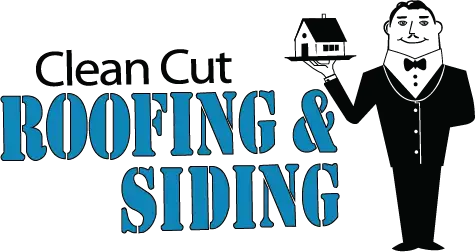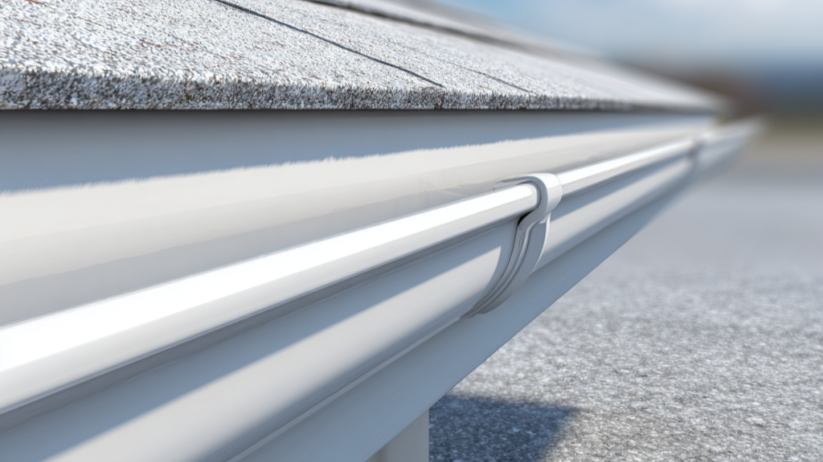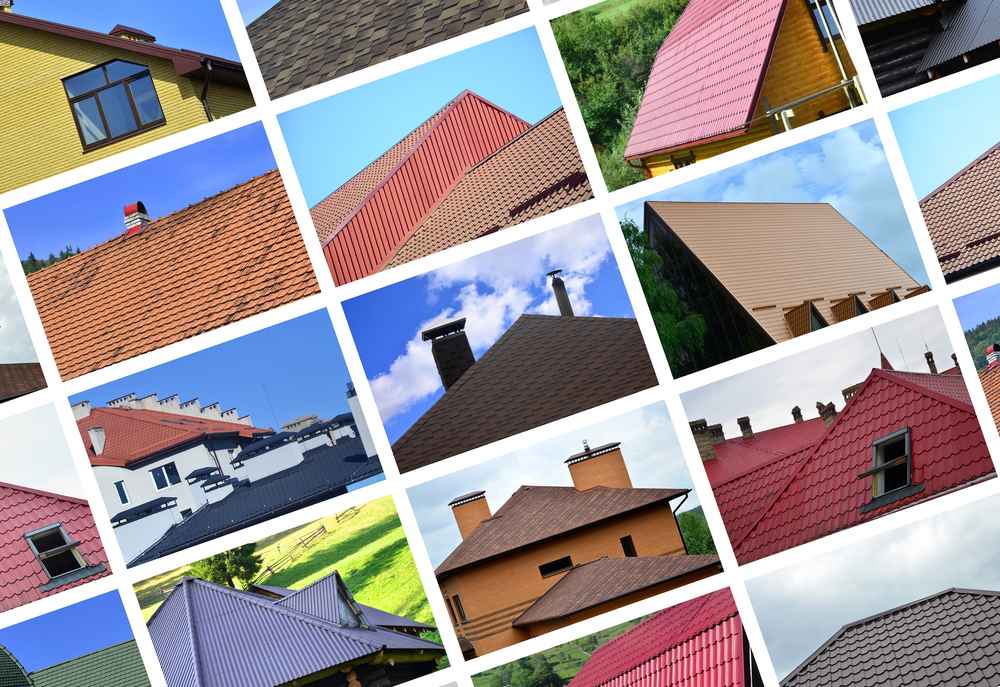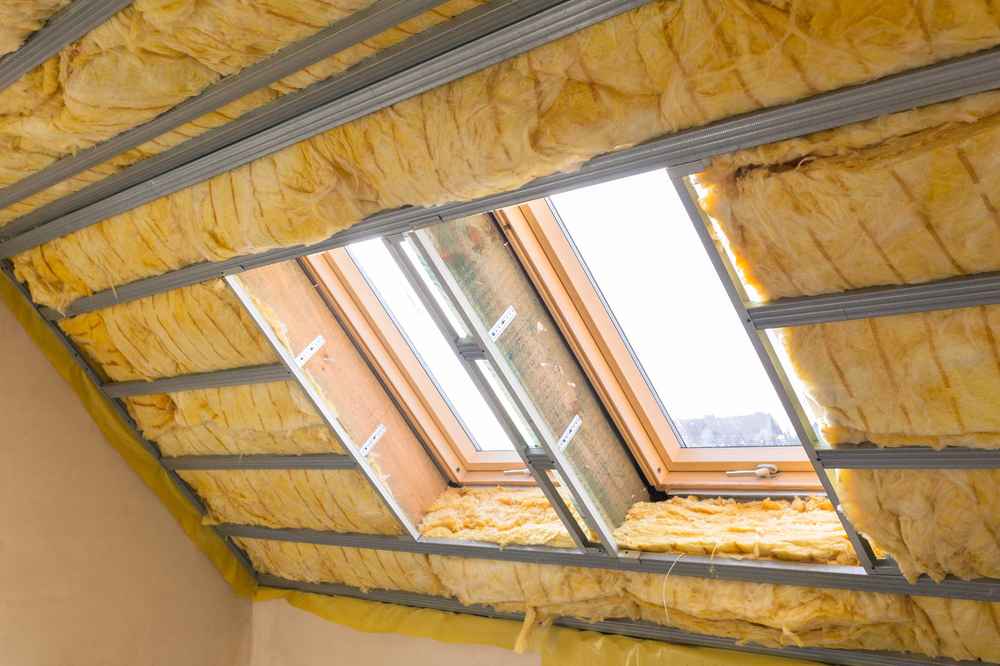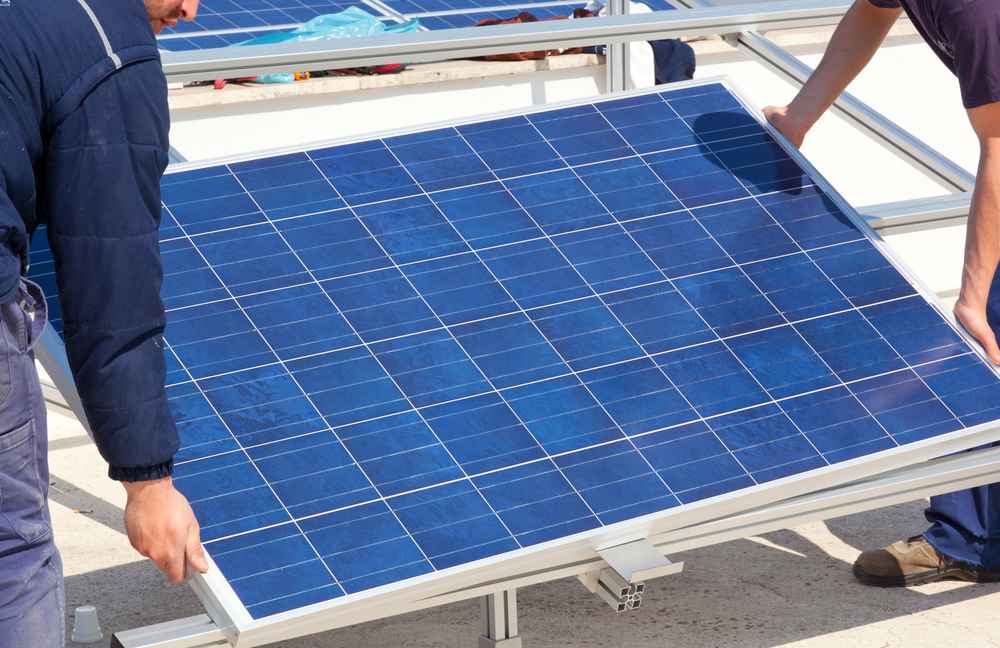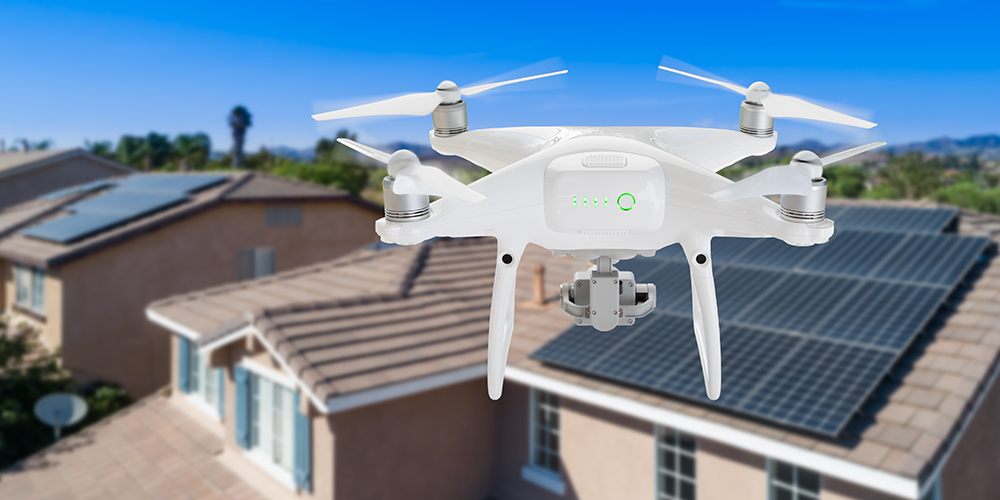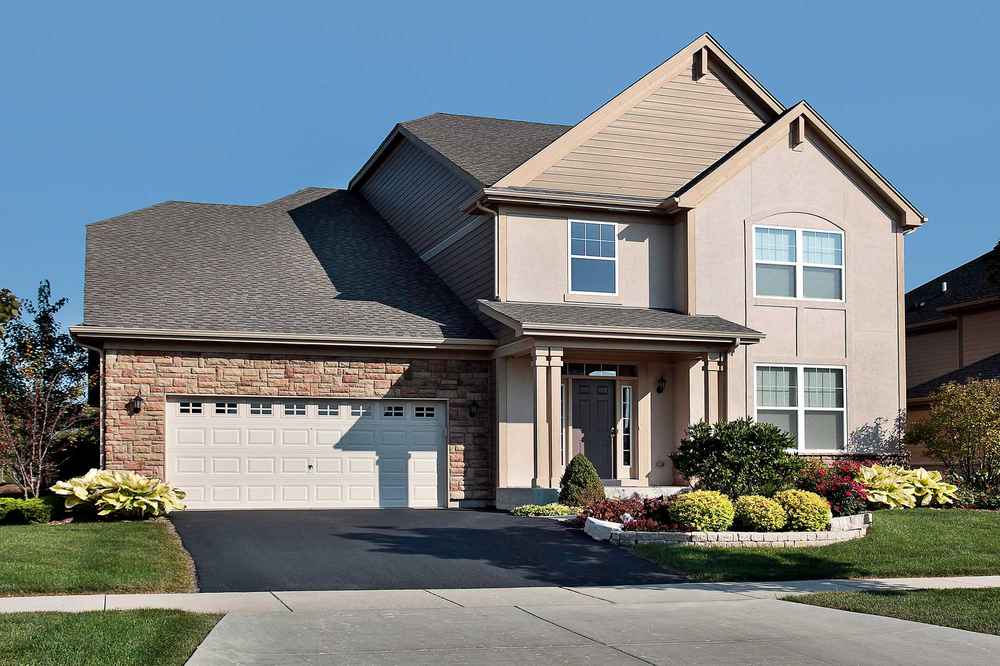If you’ve lived through a Utah winter, you know how tough it can be on a home. Between heavy mountain snow, ice dams on the roofline, and daily freeze–thaw cycles, siding has to do more than look sharp; it has to stand up to the elements year after year. That’s why so many homeowners find themselves asking the same question: Hardie board vs LP SmartSide, what’s the better choice for Utah winters?
Both siding options are popular, and both have strengths. But they’re built differently, which means they handle snow, hail, and temperature swings in very different ways. Choosing the wrong fit can leave you with extra maintenance, higher energy bills, or even costly repairs down the road.
In this guide, we’ll walk you through:
- The key differences between Hardie board and LP SmartSide siding
- How fiber cement siding in winter compares to engineered wood in Utah’s climate
- Practical factors you’ll want to weigh before deciding
- Pros, cons, and warranties that affect long-term peace of mind
By the end, you’ll feel more confident about which option protects your home best. And if you’d like an expert opinion tailored to your home, schedule a free estimate with Clean Cut Roofing & Siding. We’re here to help.
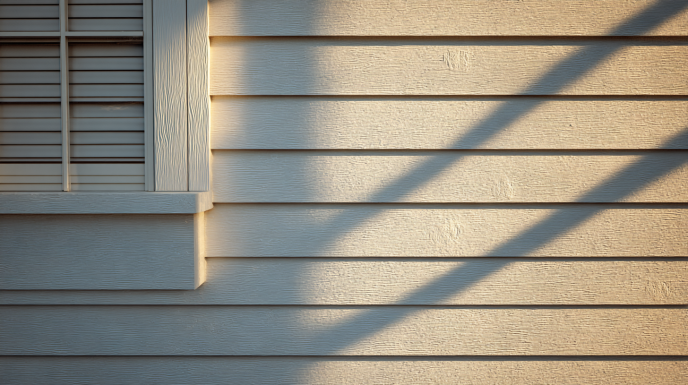
Hardie Board vs LP SmartSide: What Utah Homeowners Should Know
The first thing to know when comparing these two products is that they’re made from very different materials.
Hardie board (James Hardie siding) is a fiber cement siding made with cement, sand, and cellulose fibers. It doesn’t burn, it won’t attract termites, and it holds strong against moisture. That makes it especially dependable in Utah’s snowy, icy winters, where water damage and rot are common.
LP SmartSide is an engineered wood siding created from wood strands, resins, and protective treatments like zinc borate. It has the warm look of natural wood and does a great job resisting pests and decay. One of its biggest strengths is impact resistance; it handles hail strikes better than fiber cement.
Here in Utah, the challenge is that we face both freeze–thaw stress and hailstorms. Fiber cement siding in winter holds up better against moisture, while engineered wood offers flexibility when hail or wind-driven debris comes into play.
Factors to Weigh Before You Decide
Every home and budget is different. Here are the most important things to consider before choosing between Hardie board and LP SmartSide:
- Budget: LP SmartSide costs less upfront and installs faster, while Hardie board is a bigger investment initially but requires less repainting and lasts longer.
- Cold-Weather Durability: Utah’s snow and ice put siding to the test. Hardie board resists swelling, rot, and warping, while LP SmartSide requires closer attention to maintenance.
- Impact Resistance: Hail is common in Utah valleys. LP SmartSide’s engineered wood core gives it an edge in flexibility against dents and cracks.
- Maintenance: Hardie board usually needs repainting every 10–15 years, compared to every 5–10 years for LP SmartSide, depending on sun exposure.
- Fire Safety: With wildfire concerns on the rise, Hardie board’s non-combustible design adds extra peace of mind compared to LP SmartSide’s wood base.
- Warranties: Hardie board offers a 30-year non-prorated warranty, while LP SmartSide provides a 50-year limited warranty that becomes prorated after the first five years.
Thinking about these factors in terms of your neighborhood, budget, and long-term plans will help you make the right call for your family.
Hardie Board vs LP SmartSide: Side-by-Side Comparison
Hardie Board vs LP SmartSide: Side-by-Side Comparison
| Feature | Hardie Board (Fiber Cement) | LP SmartSide (Engineered Wood) |
|---|---|---|
| Lifespan | 40–50 years | 20–30 years |
| Cold Weather Resistance | Excels in snow, ice, and moisture | Can warp or swell if not maintained |
| Impact Resistance | Strong but brittle; may chip from hail | Flexible; performs better against hail |
| Fire Resistance | Non-combustible | Flammable (wood-based) |
| Maintenance | Repaint every 10–15 years | Repaint every 5–10 years |
| Cost | Higher upfront; saves long-term | Lower upfront; higher upkeep |
| Warranty | 30-year non-prorated | 50-year limited, prorated after 5 years |
Where Hardie Shines: Mountain towns like Manti or Ephraim, where snow and ice are relentless.
Where LP SmartSide Fits: Valley areas prone to hail, where impact resistance matters most.
Why Utah’s Climate Often Favors Hardie Board
Freeze–Thaw Cycles Are Tough on Wood
Engineered wood can absorb some moisture. When it freezes, it expands and leads to warping. Fiber cement avoids this problem, making Hardie board more reliable in mountain regions.
Utah’s Sun Fades Paint Faster
At higher elevations, UV rays are intense. Hardie’s factory-baked ColorPlus finish lasts up to 15 years, while LP SmartSide often needs repainting within 5–10 years in sunny regions like St. George.
Fire Resistance Provides Added Security
With dry summers and increasing wildfire risk, Hardie board’s non-combustible design is a big advantage for many Utah homeowners.
For these reasons, most families looking for siding that lasts through every season, winter and summer alike, lean toward Hardie board despite its higher initial cost.
Which Should You Choose for Utah Winters?
Here’s a simple way to think about it:
- Choose Hardie Board if you want the longest lifespan, fire resistance, and siding that shrugs off snow and ice with minimal upkeep.
- Choose LP SmartSide if you’re focused on a lower upfront cost and want siding that holds up well against hail, even if it means more frequent repainting.
Both will improve your home’s curb appeal, but siding in Utah is really about resilience. A certified local installer can make sure whichever product you choose performs at its best for decades.
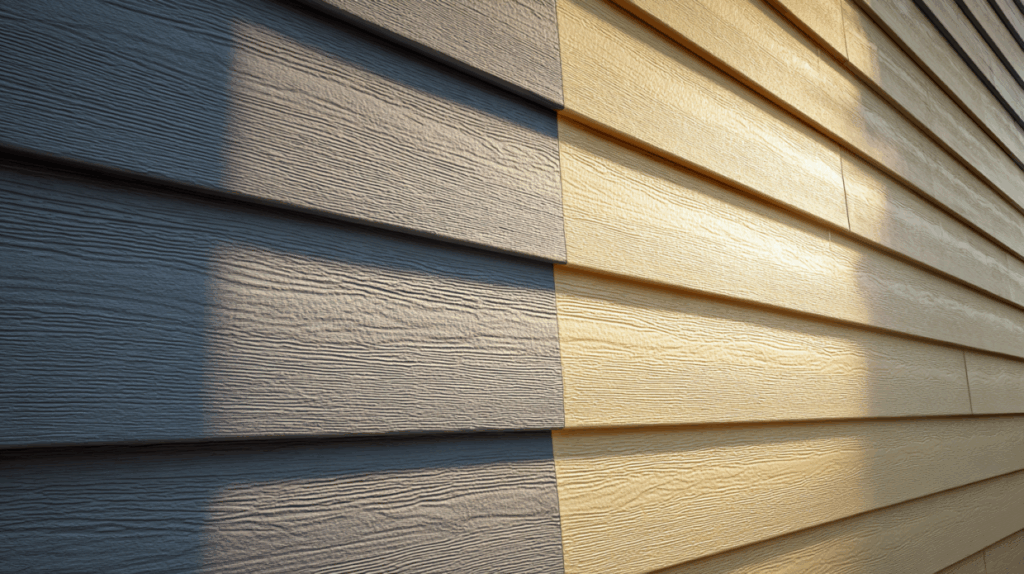
Hardie Board vs LP SmartSide FAQs
Is Hardie Board Or LP SmartSide Better For Utah Winters?
Hardie board is usually the better fit for Utah winters because fiber cement siding in winter conditions resists moisture, rot, and freeze–thaw damage. LP SmartSide may warp over time if not maintained.
Which Siding Is More Expensive: Hardie Board Or LP SmartSide?
Hardie board costs more upfront and requires specialized installation, while LP SmartSide is more affordable to start but may cost more in maintenance long-term.
How Long Does Hardie Board Last Compared To LP SmartSide?
Hardie board can last 40–50 years, while LP SmartSide typically lasts 20–30 years, depending on care and conditions.
Is Hardie Board More Fire-Resistant Than LP SmartSide?
Yes. Hardie board is completely non-combustible, while LP SmartSide is wood-based and flammable.
Which Is Easier To Install: Hardie Board Or LP SmartSide?
LP SmartSide is lighter, easier to cut, and faster to install. Hardie board is heavier and requires skilled, certified installers.
Protecting Your Home Through Every Utah Season
Utah winters bring challenges, snowfall, freezing nights, and the spring thaw that puts every home exterior to the test. Choosing the right siding isn’t just about looks; it’s about protecting your investment for decades.
When comparing Hardie board vs LP SmartSide, fiber cement siding is the stronger choice for cold-weather durability, fire resistance, and long-term peace of mind. LP SmartSide is a budget-friendly option with great hail resistance, but it comes with more upkeep.
At Clean Cut Roofing & Siding, we’ve spent nearly 30 years helping Utah families choose siding that performs as well as it looks. With certified crews, top-rated warranties, and a commitment to leaving your home better than we found it, you can trust us to guide you toward the right choice.
Schedule your free estimate today, and get peace of mind every time.
